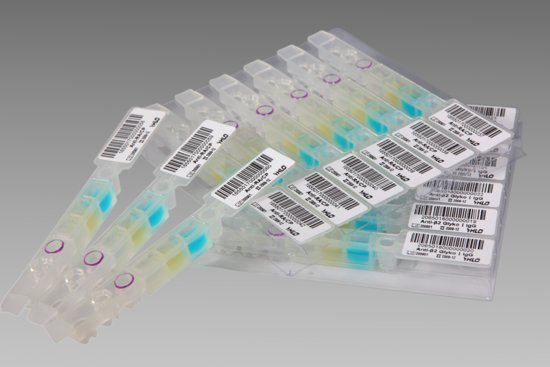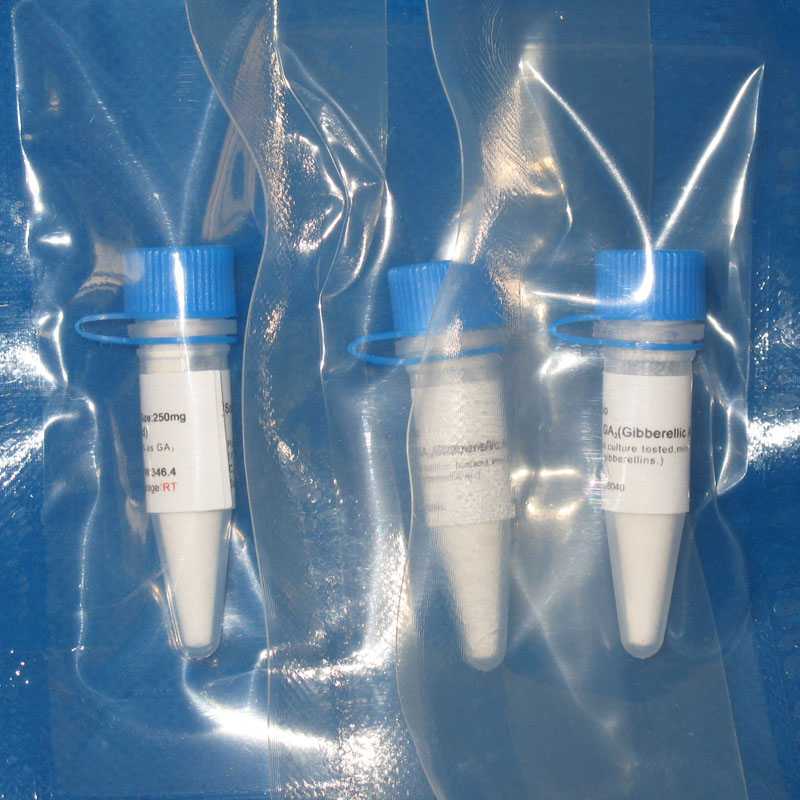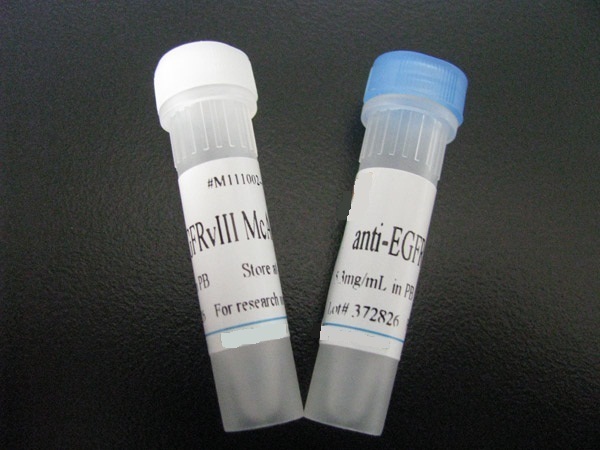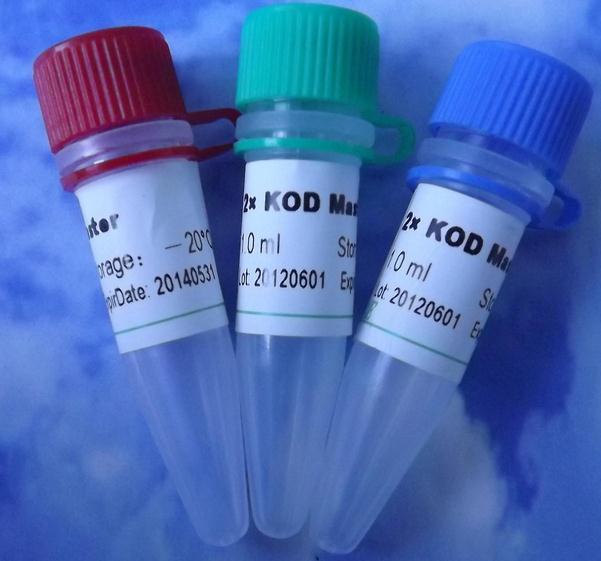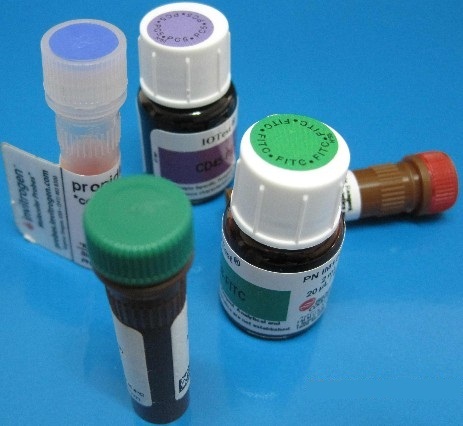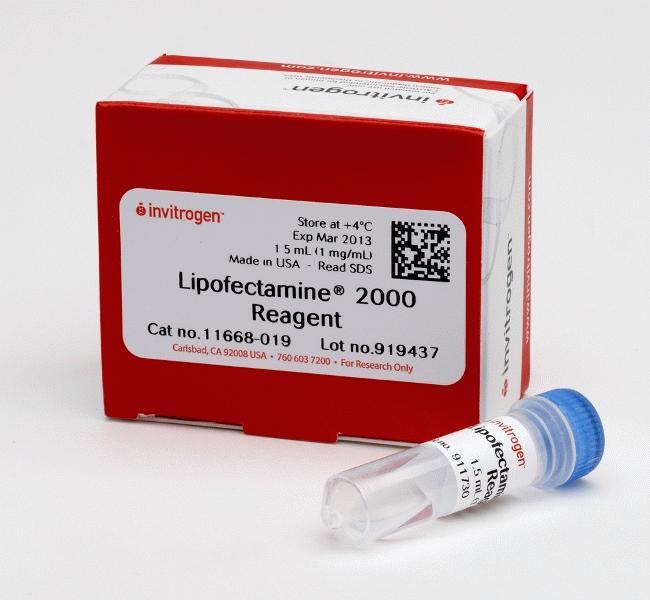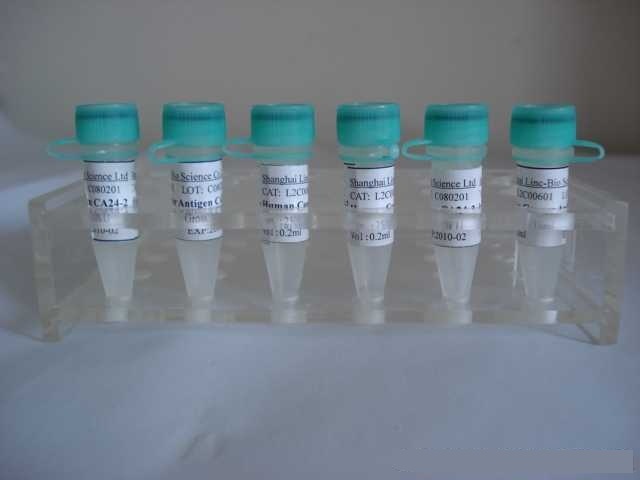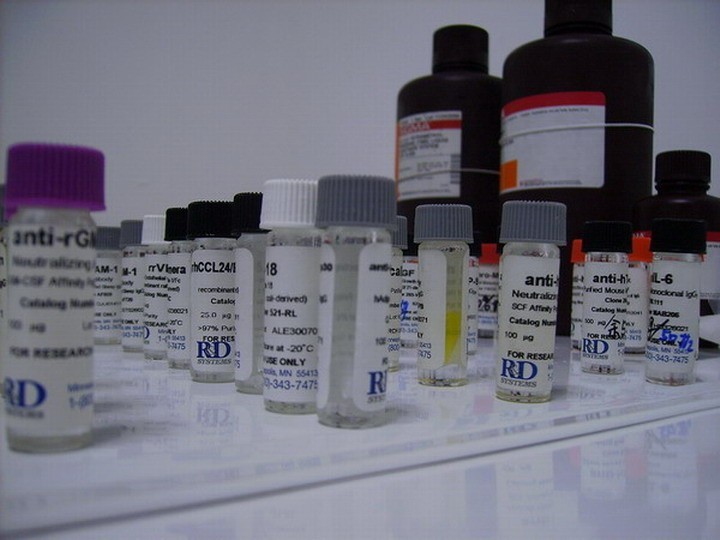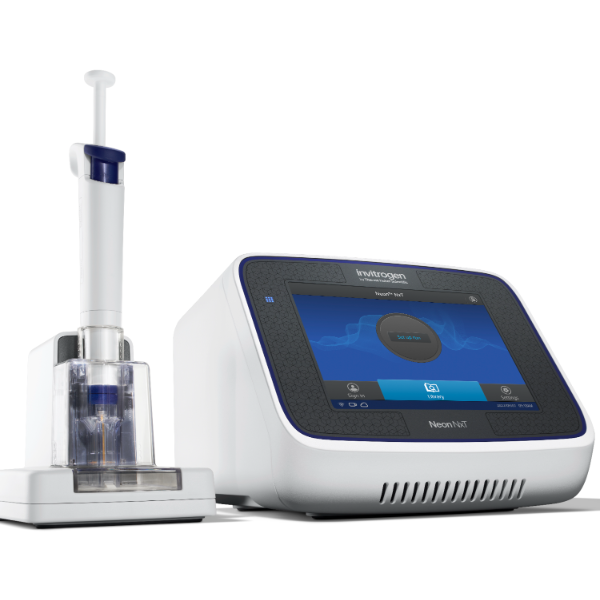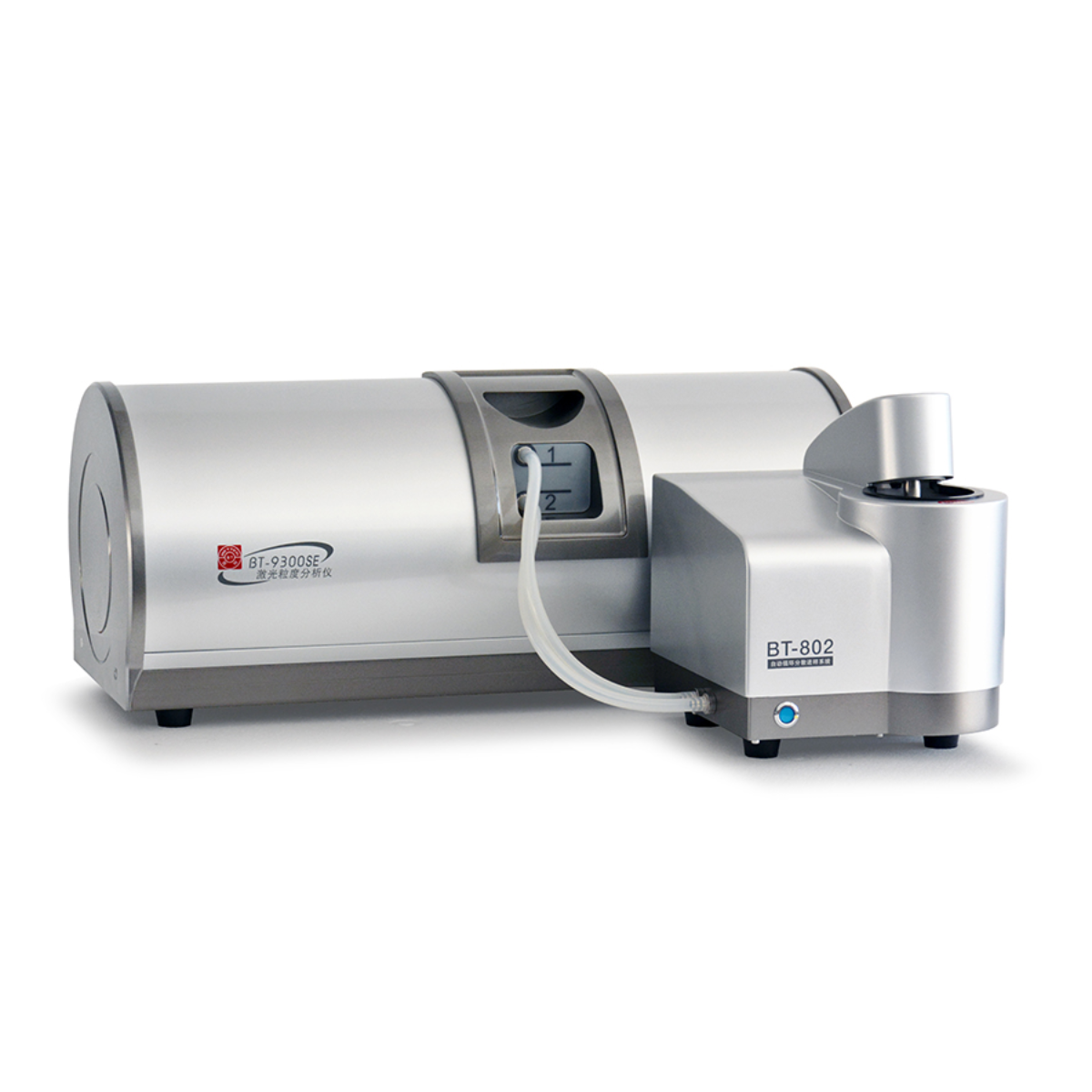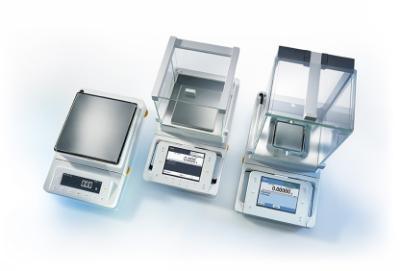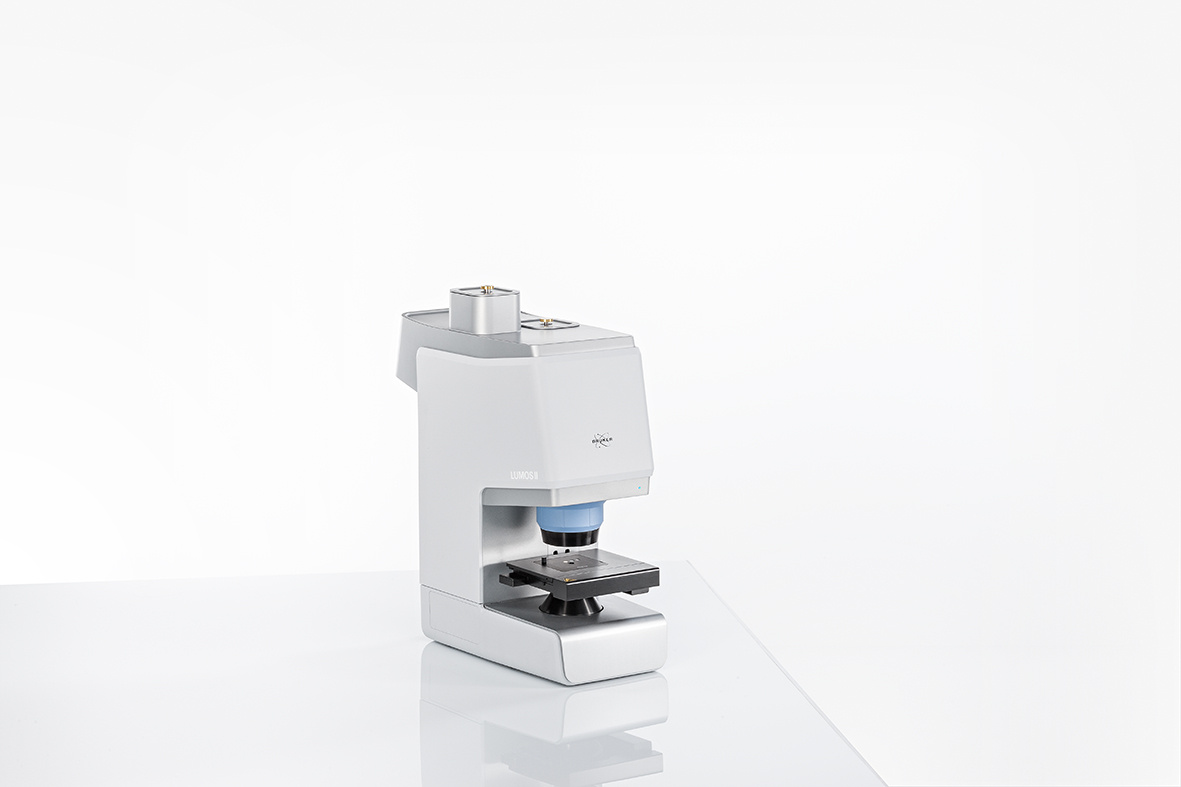4)经纯化制备的抗体在常用的缓冲液中是稳定的。其DH应保持在中性左右。如果pH在7-8之间,即使保存多年,对抗体也无损害。多数情况下,盐浓度适于保持在0-150mmol/L之间,但在长期存放的抗体中,盐溶液浓度高达500mmol/L时,对
抗体来源 Rabbit
克隆类型 polyclonal
交叉反应 Human, Mouse, Rat, Chicken, Dog, Pig, Sheep, Monkey
产品类型 一抗
研究领域 细胞生物 神经生物学 信号转导
蛋白分子量 predicted molecular weight: 104kDa
性 状 Lyophilized or Liquid
免 疫 原 KLH conjugated synthetic peptide derived from human FIG4 (1-100aa)
亚 型 IgG
纯化方法 affinity purified by Protein A
储 存 液 Preservative: 15mM Sodium Azide, Constituents: 1% BSA, 0.01M PBS, pH 7.4
产品应用 WB=1:100-500 ELISA=1:500-1000 IHC-P=1:100-500 IHC-F=1:100-500 ICC=1:100-500 IF=1:100-500
(石蜡切片需做抗原修复)
not yet tested in other applications.
optimal dilutions/concentrations should be determined by the end user.
保存条件 Store at -20 °C for one year. Avoid repeated freeze/thaw cycles. The lyophilized antibody is stable at room temperature for at least one month and for greater than a year when kept at -20°C. When reconstituted in sterile pH 7.4 0.01M PBS or diluent of antibody the antibody is stable for at least two weeks at 2-4 °C.
Important Note This product as supplied is intended for research use only, not for use in human, therapeutic or diagnostic applications.
肌萎缩侧索硬化症相关蛋白FIG4抗体产品介绍 FIG4 is a 907 amino acid protein that contains one SAC domain through which it is thought to function as a phosphoinositide phosphatase that may play an important role in signal transduction and vesicle trafficking. Defects in the gene encoding FIG4 are the cause of Charcot-Marie-Tooth disease type 4J (CMT4J) and amyotrophic lateral sclerosis type 11 (ALS11), both of which negatively affect the nervous system. CMT4J is a recessive demyelinating disorder of the peripheral nervous system and is characterized by reduced motor nerve conduction velocities and axonal degeneration. Unlike CMT4J, ALS11 is characterized by the degeneration of upper motor neurons in the brain and lower neurons in the spinal cord, causing paralysis and, ultimately, death.
Function : The PI(3,5)P2 regulatory complex regulates both the synthesis and turnover of phosphatidylinositol-3,5-bisphosphate (PtdIns(3,5)P2). In vitro, hydrolyzes all three D5-phosphorylated polyphosphoinositide substrates in the order PtdIns(4,5)P2 > PtdIns(3,5)P2 > PtdIns(3,4,5)P3. Plays a role in the biogenesis of endosome carrier vesicles (ECV) / multivesicular bodies (MVB) transport intermediates from early endosomes.
Subcellular Location : Endosome membrane. Localization requires VAC14 and PIKFYVE.
DISEASE : Defects in FIG4 are the cause of Charcot-Marie-Tooth disease type 4J (CMT4J) [MIM:611228]. CMT4J is a recessive demyelinating, severe form of Charcot-Marie-Tooth disease, the most common inherited disorder of the peripheral nervous system. Charcot-Marie-Tooth disease is classified in two main groups on the basis of electrophysiologic properties and histopathology: primary peripheral demyelinating neuropathies characterized by severely reduced motor nerve conduction velocities (NCVs) (less than 38m/s) and segmental demyelination and remyelination, and primary peripheral axonal neuropathies characterized by normal or mildly reduced NCVs and chronic axonal degeneration and regeneration on nerve biopsy.
Defects in FIG4 are the cause of amyotrophic lateral sclerosis type 11 (ALS11) [MIM:612577]. ALS is a neurodegenerative disorder affecting upper motor neurons in the brain and lower motor neurons in the brain stem and spinal cord, resulting in fatal paralysis. Sensory abnormalities are absent. Death usually occurs within 2 to 5 years. The etiology of amyotrophic lateral sclerosis is likely to be multifactorial, involving both genetic and environmental factors. The disease is inherited in 5-10%.
Similarity : Contains 1 SAC domain.
Database links : UniProtKB/Swiss-Prot: Q92562.1
![]()



